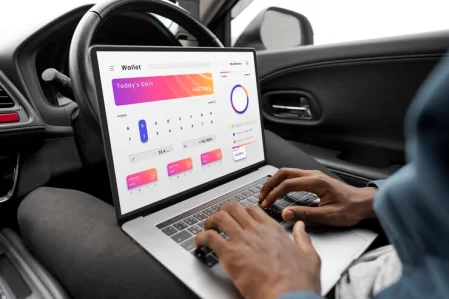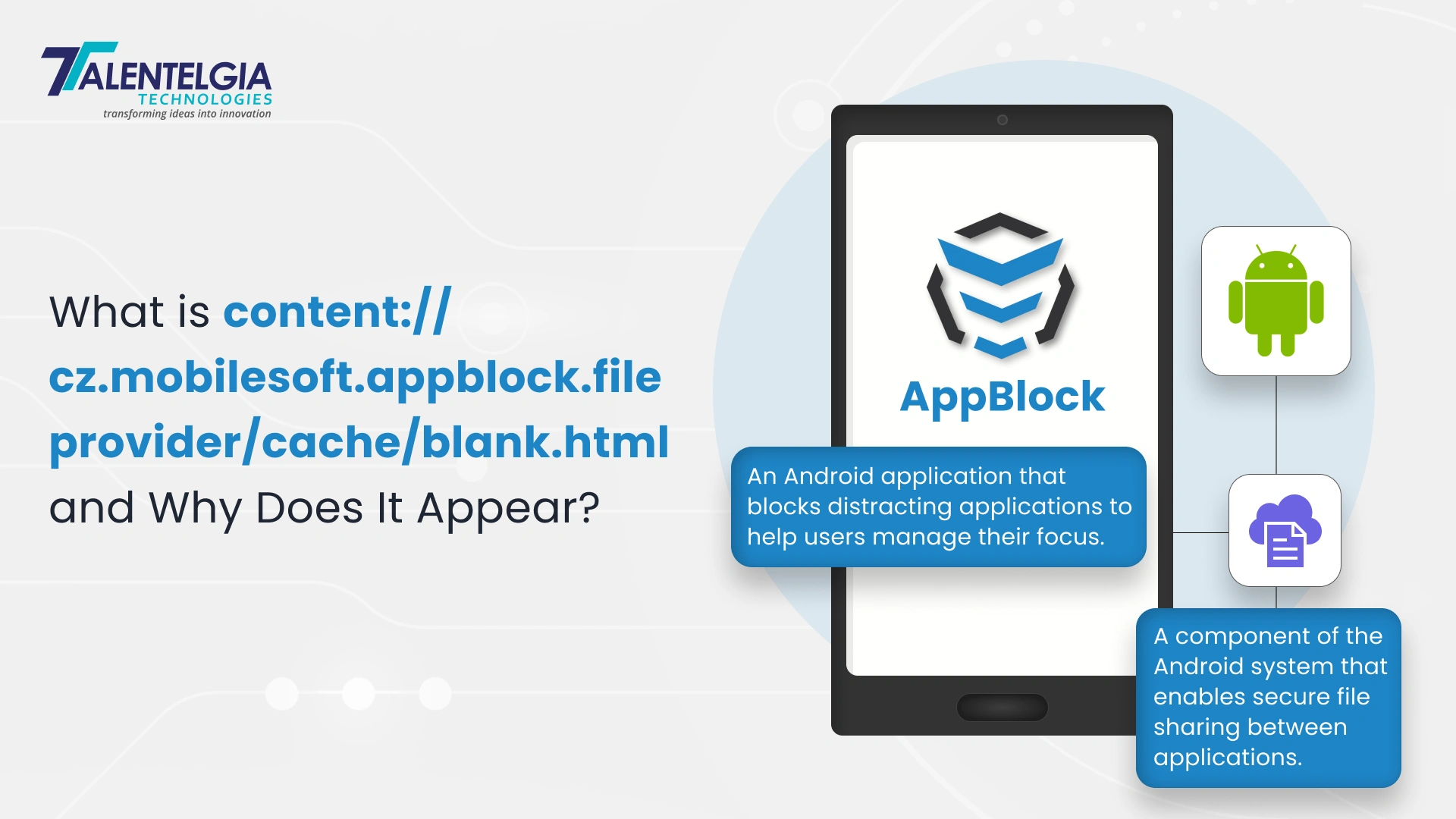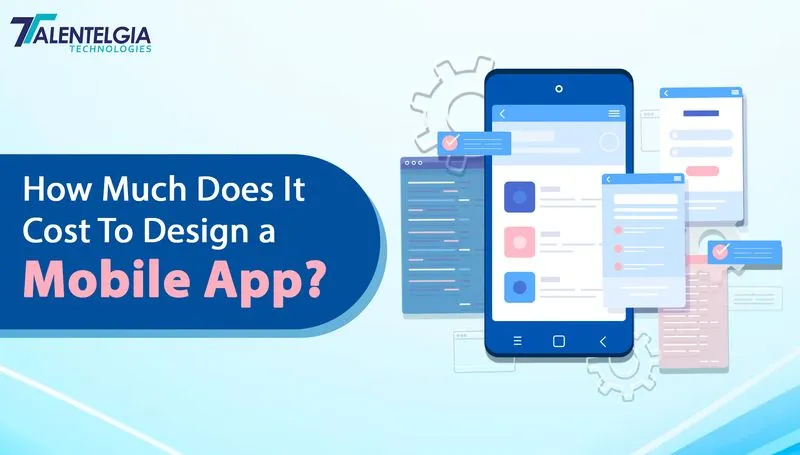Fighting distractions in a world brimming with random alerts and interruptions can be relentless. Whether you’re trying to be productive or simply want some distraction-free moment with your family or friends, having the right support can make all the difference. That’s where “AppBlock” enters the picture— an innovative app designed to block all your life’s distractions and keep your productivity and goals in sight.
If you’ve stumbled upon the cryptic string “content://cz.mobilesoft.appblock.fileprovider/cache/blank.html” somewhere in your Android device’s logs, browser history, or during app debugging, you’re not alone. This technical-looking URI often raises eyebrows and sparks questions about what it means and whether it poses any security concerns.
The short answer: This is an entirely harmless content URI (Uniform Resource Identifier) that is a part of Android’s internal content URI system, specifically used by the popular productivity app “AppBlock” to manage blocked content efficiently and securely. Let’s dive deep into understanding what this URI— “content cz mobilesoft appblock fileprovider cache blank html”
represents how it works, and why it’s actually a brilliant example of Android’s security architecture in action.
Anatomy of Content URI: Decoding The Components
Before we decode the AppBlock-specific URI, it’s essential to understand what content URIs are and why Android uses them. In the Android ecosystem, a content URI is a structured address that provides secure access to data managed by content providers, unlike traditional file paths that directly expose internal storage locations, content URIs act as controlled gateways.
This system serves multiple critical purposes:
- Security: Hides actual file system paths from other applications
- Access Control: Grants temporary, permission-based access to specific resources
- Sandboxing: Maintains strict isolation between app data and external access
When apps use content URIs, they’re essentially creating secure bridges that allow controlled data sharing without compromising the underlying file system structure.
What Does The URI Keyword Mean?
The content URI keyword “content cz mobilesoft appblock fileprovider cache blank html” as a whole includes several components of the Android operating system and mobile app development:
- Content: Refers to files, data, or other information managed by the application.
- CZ Mobilesoft: A productivity and security-focused mobile application developer best known for AppBlock
- AppBlock: An Android application that blocks distracting applications to help users manage their focus.
- File Provider: A component of the Android system that enables secure file sharing between applications
- Cache: Cache is a temporary storage space that an application uses to store files or data for faster and easier access
- Blank HTML: The actual cached HTML file, typically containing minimal or empty content, used as a placeholder
When these keywords come together (sometimes in a file path or as part of the internal process name), they tell the background story of an app maintaining its local cache and temporary files.
Breaking Down The URI Components: Why Does It Appear Like That?
The string “content cz mobilesoft appblock fileprovider cache blank html” is not a regular file system path or web link. Still, it is a content URI for Android apps presenting internal files externally with safety and without directly exposing the system path. Well, let’s break it down step by step:
- content :// — marks it as a content URI, handled by Android’s secure ContentResolver system.
- cz.mobilesoft.appblock.fileprovider — the unique signature (authority) identifying the AppBlock app’s FileProvider, a gatekeeper that controls file access.
- /cache/blank.html — points to a temporary cached HTML file inside the app’s internal storage.
In simple terms: this URI references a blank webpage that the AppBlock app uses behind the scenes to manage blocked content or display placeholder pages.
AppBlock: A Brief Introduction of Features & Work Process
MobileSoft s.r.o., creates applications for Android systems to ensure productivity, and AppBlock is one of them. This application can improve users’ productivity and digital well-being by blocking specific applications, websites, and notifications for certain time frames. Scheduling, focus modes, analytics of applications used, and lock enforcement are some of the app’s key attributes.
AppBlock’s blank file is created by the application itself and is used to store the users’ schedules and logs. By using Android’s Accessibility Services, Virtual Private Network (VPN), and restriction content APIs, it is able to run in the background, ensuring that it can limit distractions, access specific applications, or use notifications.
Given the fact that the app controls the restrictions and oversees the use of the app, it is reasonable to assume that it is controlling the background data that it is using the app, including temp files, schedules, logs, and, in some cases, web data from internet browsers, and files that the app saves data.
Top Key Features of Appblock
To fully understand why this URI exists, we need to appreciate what AppBlock does. AppBlock comes with features that are built to improve productivity and minimize distractions. Some of the top key features of AppBlock are:
- App and Website Blocking: Prevents access to time-wasting applications and sites during focus sessions
- Smart Scheduling: Automatically activates blocking based on time, location, or WiFi networks
- Usage Analytics: Provides detailed insights into digital habits and screen time patterns.
- Strict Mode: Prevents users from efficiently bypassing their restrictions
How Does AppBlock Work?
AppBlock functions as a digital ecosystem designed specifically for you. It helps users stay on track by sifting through preset configurations to help them focus and minimize unnecessary distractions. Once the application has been installed, it is possible to select which applications to block or limit. This helps you to block the applications through their easy and friendly settings for repetitive customization. The choices include social media, gaming applications, among others.
The timer feature plays a crucial role as well. Each day, you can set the hours within which an application can be used. Once time elapses, AppBlock automatically takes over and will not allow access until the next day.
The application also helps you track your spending on different applications. The analysis of the interaction data helps you understand your interactions better and helps promote a better understanding of the concept of healthy and unhealthy screen time without unnecessary complication.
Armed with the technology, users can be more productive, making the devices be used more responsibly.
Why Does AppBlock Use Blank HTML File In Cache?
Whenever an application such as AppBlock shows web-based elements like an interstitial message or a web view, it uses a blank HTML file as a template. This file is stored in the app’s cache to speed up access, eliminating the need for a network request while keeping the app’s internal folder structure hidden.
Here are some reasons to have a blank HTML file:
- Seamless User Experience: No abrupt crashes or error pop-ups
- Performance Optimization: Loading a cached local file is faster than network requests
- Consistent Interface: Maintains visual harmony within the app’s design language
- Reduced Frustration: Users understand they’ve encountered a gentle block rather than a technical failure
When and Where Might You See This URI?
While exploring Android directories, you may come across “content cz mobilesoft appblock fileprovider cache blank html” in recycled logs or reports from cleaner applications. From time to time, this Keyword is visible in crash reports, especially if there is an underlying issue with file management or content rendering.
For advanced users or developers, this directory could serve as a resource for checking app resource management or layout debugging. You might find this URI:
- During AppBlock Usage: When AppBlock redirects blocked websites to its internal web view.
- App Debugging or System Logs: Developers or curious users might encounter this URI in logs while monitoring app behavior.
- In Webview Caches: Apps using WebView components often use cached HTML files like this to improve load times or manage redirects.
Is This URI Keyword a Matter of Threat or Privacy Concern?
No, not fundamentally! Just because you see content://cz.mobilesoft.appblock.fileprovider/cache/blank.html does not automatically mean your device is hacked or confidential information is at risk. This is because:
- It is a local, temporary file, which is a region-specific link that points to a file that is stored within the device.
- It does not share information outside the device unless permission to access is explicitly granted to a different application.
- This is likely an AppBlock feature that is intended for managing or redirecting web access.
So, despite its cryptic look, this URI is entirely benign.
| Question | Should You Worry? |
|---|---|
| Is it malware or spyware? | No |
| Can other apps access it? | No, unless explicitly shared |
| Is personal data exposed? | No |
| Should you delete the blank.html? | No need; the system manages cached files automatically |
As long as you’ve downloaded AppBlock from official sources, this file is part of normal app functioning and doesn’t compromise your device’s security.
Final Words
The URI keyword— content cz mobilesoft appblock fileprovider cache blank html, is not a bug; it’s a feature! It does not pose a threat, error, malicious software, or anything of that sort. Instead, it is an unobtrusive method of how applications like AppBlock impose restrictions on distracting content without affecting the user experience. It demonstrates how applications are developed with a ‘user-first’ mindset, protecting their attention, as well as the Android system.
If you want similar caching strategies in your app, contact Talentelgia today!


 Healthcare App Development Services
Healthcare App Development Services
 Real Estate Web Development Services
Real Estate Web Development Services
 E-Commerce App Development Services
E-Commerce App Development Services E-Commerce Web Development Services
E-Commerce Web Development Services Blockchain E-commerce Development Company
Blockchain E-commerce Development Company
 Fintech App Development Services
Fintech App Development Services Fintech Web Development
Fintech Web Development Blockchain Fintech Development Company
Blockchain Fintech Development Company
 E-Learning App Development Services
E-Learning App Development Services
 Restaurant App Development Company
Restaurant App Development Company
 Mobile Game Development Company
Mobile Game Development Company
 Travel App Development Company
Travel App Development Company
 Automotive Web Design
Automotive Web Design
 AI Traffic Management System
AI Traffic Management System
 AI Inventory Management Software
AI Inventory Management Software
 AI Software Development
AI Software Development  AI Development Company
AI Development Company  AI App Development Services
AI App Development Services  ChatGPT integration services
ChatGPT integration services  AI Integration Services
AI Integration Services  Generative AI Development Services
Generative AI Development Services  Natural Language Processing Company
Natural Language Processing Company Machine Learning Development
Machine Learning Development  Machine learning consulting services
Machine learning consulting services  Blockchain Development
Blockchain Development  Blockchain Software Development
Blockchain Software Development  Smart Contract Development Company
Smart Contract Development Company  NFT Marketplace Development Services
NFT Marketplace Development Services  Asset Tokenization Company
Asset Tokenization Company DeFi Wallet Development Company
DeFi Wallet Development Company Mobile App Development
Mobile App Development  IOS App Development
IOS App Development  Android App Development
Android App Development  Cross-Platform App Development
Cross-Platform App Development  Augmented Reality (AR) App Development
Augmented Reality (AR) App Development  Virtual Reality (VR) App Development
Virtual Reality (VR) App Development  Web App Development
Web App Development  SaaS App Development
SaaS App Development Flutter
Flutter  React Native
React Native  Swift (IOS)
Swift (IOS)  Kotlin (Android)
Kotlin (Android)  Mean Stack Development
Mean Stack Development  AngularJS Development
AngularJS Development  MongoDB Development
MongoDB Development  Nodejs Development
Nodejs Development  Database Development
Database Development Ruby on Rails Development
Ruby on Rails Development Expressjs Development
Expressjs Development  Full Stack Development
Full Stack Development  Web Development Services
Web Development Services  Laravel Development
Laravel Development  LAMP Development
LAMP Development  Custom PHP Development
Custom PHP Development  .Net Development
.Net Development  User Experience Design Services
User Experience Design Services  User Interface Design Services
User Interface Design Services  Automated Testing
Automated Testing  Manual Testing
Manual Testing  Digital Marketing Services
Digital Marketing Services 
 Ride-Sharing And Taxi Services
Ride-Sharing And Taxi Services Food Delivery Services
Food Delivery Services Grocery Delivery Services
Grocery Delivery Services Transportation And Logistics
Transportation And Logistics Car Wash App
Car Wash App Home Services App
Home Services App ERP Development Services
ERP Development Services CMS Development Services
CMS Development Services LMS Development
LMS Development CRM Development
CRM Development DevOps Development Services
DevOps Development Services AI Business Solutions
AI Business Solutions AI Cloud Solutions
AI Cloud Solutions AI Chatbot Development
AI Chatbot Development API Development
API Development Blockchain Product Development
Blockchain Product Development Cryptocurrency Wallet Development
Cryptocurrency Wallet Development About Talentelgia
About Talentelgia  Our Team
Our Team  Our Culture
Our Culture 
 Healthcare App Development Services
Healthcare App Development Services Real Estate Web Development Services
Real Estate Web Development Services E-Commerce App Development Services
E-Commerce App Development Services E-Commerce Web Development Services
E-Commerce Web Development Services Blockchain E-commerce
Development Company
Blockchain E-commerce
Development Company Fintech App Development Services
Fintech App Development Services Finance Web Development
Finance Web Development Blockchain Fintech
Development Company
Blockchain Fintech
Development Company E-Learning App Development Services
E-Learning App Development Services Restaurant App Development Company
Restaurant App Development Company Mobile Game Development Company
Mobile Game Development Company Travel App Development Company
Travel App Development Company Automotive Web Design
Automotive Web Design AI Traffic Management System
AI Traffic Management System AI Inventory Management Software
AI Inventory Management Software AI Software Development
AI Software Development AI Development Company
AI Development Company ChatGPT integration services
ChatGPT integration services AI Integration Services
AI Integration Services Machine Learning Development
Machine Learning Development Machine learning consulting services
Machine learning consulting services Blockchain Development
Blockchain Development Blockchain Software Development
Blockchain Software Development Smart contract development company
Smart contract development company NFT marketplace development services
NFT marketplace development services IOS App Development
IOS App Development Android App Development
Android App Development Cross-Platform App Development
Cross-Platform App Development Augmented Reality (AR) App
Development
Augmented Reality (AR) App
Development Virtual Reality (VR) App Development
Virtual Reality (VR) App Development Web App Development
Web App Development Flutter
Flutter React
Native
React
Native Swift
(IOS)
Swift
(IOS) Kotlin (Android)
Kotlin (Android) MEAN Stack Development
MEAN Stack Development AngularJS Development
AngularJS Development MongoDB Development
MongoDB Development Nodejs Development
Nodejs Development Database development services
Database development services Ruby on Rails Development services
Ruby on Rails Development services Expressjs Development
Expressjs Development Full Stack Development
Full Stack Development Web Development Services
Web Development Services Laravel Development
Laravel Development LAMP
Development
LAMP
Development Custom PHP Development
Custom PHP Development User Experience Design Services
User Experience Design Services User Interface Design Services
User Interface Design Services Automated Testing
Automated Testing Manual
Testing
Manual
Testing About Talentelgia
About Talentelgia Our Team
Our Team Our Culture
Our Culture

















 Write us on:
Write us on:  Business queries:
Business queries:  HR:
HR: 




